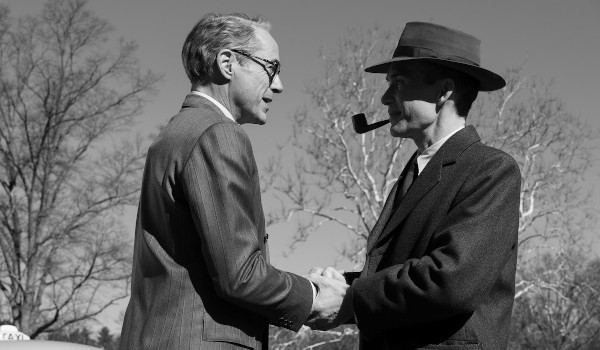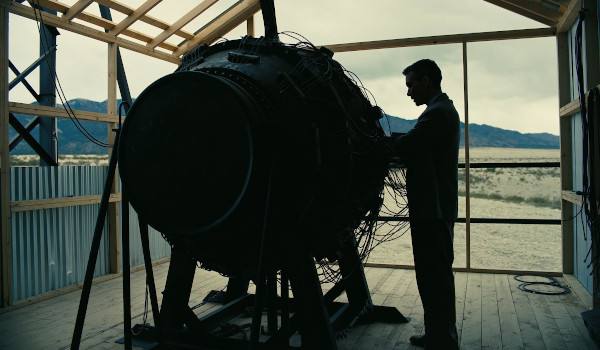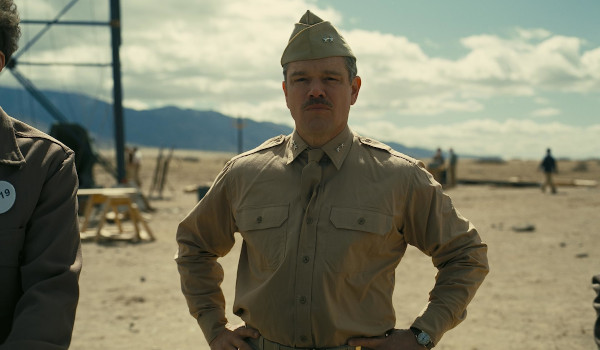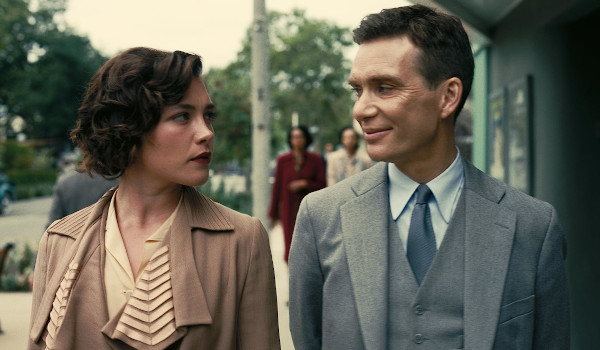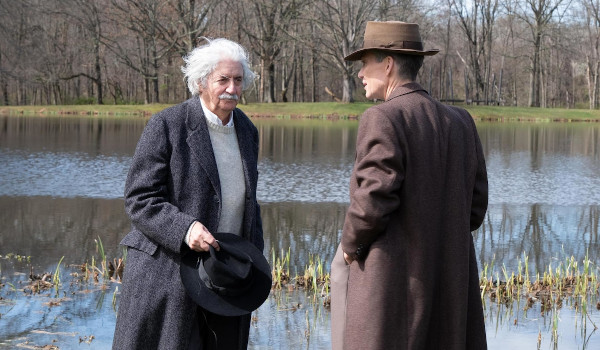- Title: Oppenheimer
- IMDb: link

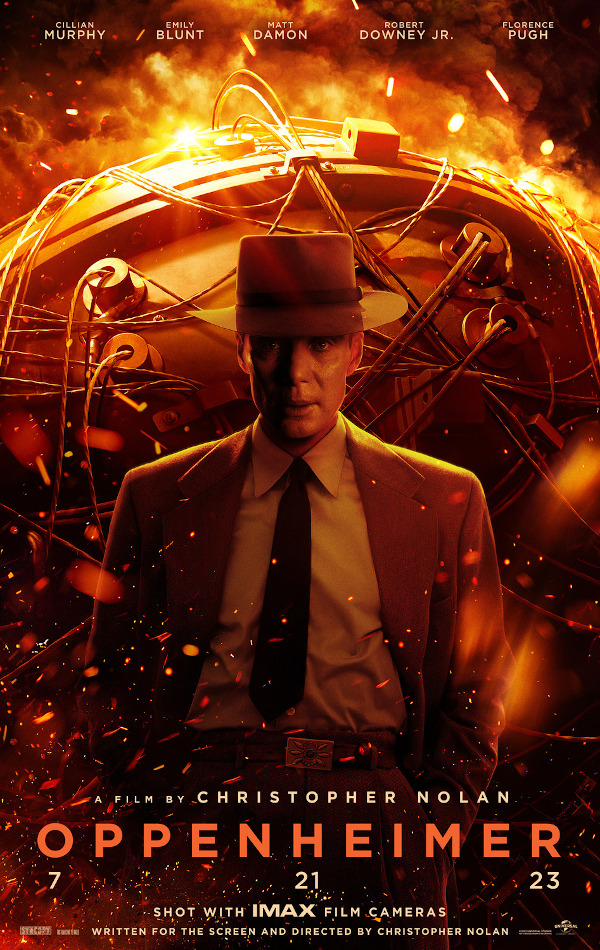
It’s been 13 years since Inception, a film which showed off director Christopher Nolan‘s innovation, technical skill, and storytelling at its peak. Since that point, Nolan’s track record has been spotty at best. While the technical skill in Oppenheimer is expected, the joy from the film is Nolan abandoning some of his trademarks, such as the overbearing booming score which at this point had become a caricature of itself, in order to focus more squarely on a character-driven story based on a complicated man standing at the crossroads of history. The fact that it isn’t immediately in contention for best movie of the year has more to do with the troubled circumstances of its presentation rather than any failures of the film itself. More on that later.
In casting Cillian Murphy, a favorite of the director, Nolan not only has allowed the actor to room to craft the performance of his career but Murphy also provides the lens to explore the complicated history of theoretical physicist Julius Robert Oppenheimer, the father of the atomic bomb.
Murphy is undeniably the heart and mind of the story which explores his rise in the scientific community, his leftist ideology, his personal relationships (including Emily Blunt and Florence Pugh as the two most important women in his life) and abrasive personality, his pivotal role in the creation of the atomic bomb at Los Alamos and the trouble he had with that legacy, and his fall from grace highlighted by the infamous security hearing during the Red Scare. The structure of the film gives secondary importance to Robert Downey Jr. as Lewis Strauss, a colleague turned enemy of Oppenheimer whose own ups and downs are highlighted throughout the film as well through his own, much more public, hearing.
Filmed on 65mm for IMAX presentation, the screening I attended offered host of issues for the theater. First, no sound was included in the first 5-10 minutes of the film, loosing all context from Nolan’s initial framing of the story. While sound was eventually restored, the film as not restarted. Second, the aspect ratio of the projection wasn’t correctly adjusted or properly centered leading to the top of the film being shown several feet below where it should have been, with the bottom and sides of the film not shown on the screen at all. There was also a distracting hair in the top of the frame visible for some of its running time. And, finally, first the picture, and then the sound, also went out later in the screening as well disrupting the narrative Nolan was carefully constructing.
These issues weren’t in any way the fault of Nolan or the finished product, but its impossible not to mention them or ignore their effect on the viewing of Oppenheimer. Even with these problems, the film is good enough to seek out a second time, which I will likely do before the end of the year (but perhaps not in theaters to avoid any of these issues resurfacing) which will, hopefully, allow me to view the film in the absence of the issues as the director intended. Until then, the best advice I can give is to make sure your local theater knows how to properly screen the film before hunkering down for any similar distractions over the film’s three-hour running-time.
Watch the trailer